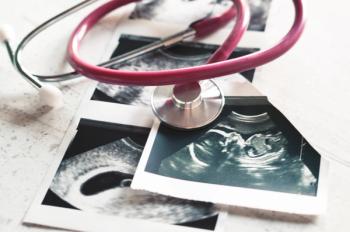
Living With Rosacea: Signs and Symptoms
Early treatment is crucial for the prevention of irreversible damage.
Early treatment is crucial for the prevention of irreversible damage.
What Is Rosacea?
Rosacea is a long-term inflammatory dermatologic condition that affects an estimated 16 million people in the United States. It occurs more often in individuals between the ages of 30 and 60 years and affects primarily women and individuals with fair skin. However, this skin condition can affect anyone at any age and, if left untreated, will worsen over time. While women are more likely to get rosacea, men are more likely to get more severe cases of rosacea.
The signs and symptoms of rosacea can vary in type and degree of severity from individual to individual. Rosacea causes redness or flushing of the skin around the cheeks, nose, chin, forehead, and sometimes eyelids. Individuals with rosacea may also have raised red bumps that resemble acne and may present with a red swollen nose.
During the course of rosacea, patients experience flare-ups and periods of remission. More than 50% of individuals with rosacea have eye issues such as dryness, burning, excess tearing, and inflamed and swollen eyelids. The eyes may also become sensitive to light or some other visual issues.
What Causes Rosacea?
While the exact cause of rosacea is still unknown, it does involve the swelling of the blood vessels just under the skin. Some research suggests that rosacea may be hereditary or related to one’s immune system. Research also suggests that rosacea may be linked to the bacterium Helicobacter pylori, which is responsible for peptic ulcer disease. Your doctor can easily diagnose rosacea by examining your skin and asking you questions about your symptoms and medical history. Factors or triggers that may make rosacea worse have been identified.
How Is Rosacea Treated?
While there is no cure for rosacea, it can be effectively treated and managed by a dermatologist. The primary treatment involves avoidance of known triggers.
To prevent flare-ups, it is advised to wear sunscreen daily to protect the skin. Treatment is individualized based on patient symptoms and may include oral and topical antibiotic therapy. Sometimes doctors elect to use laser skin therapy to improve skin.
Individuals with ocular rosacea should also see an ophthalmologist for further evaluation and treatment if needed. Most patients who have ocular rosacea are treated with antibiotics or steroid eye drops. Your primary health care provider will determine which treatment is best for you.
Conclusion
If you suspect that you have rosacea, it is important for you to obtain early treatment. If left untreated, rosacea may cause irreversible damage, especially if the eyes are involved. It is also important to only use non-irritating and hypoallergenic facial cleansers, lotions, and cosmetics to avoid skin irritation. In addition, avoid the use of facial products that contain alcohol, witch hazel, menthol, peppermint, eucalyptus oil, or clove oil, and be careful to blot, not rub, the facial area when cleansing or drying skin. When possible keep a symptom diary to keep track of potential triggers and avoid them when possible.
A collaborative approach incorporating both the use of non-pharmacologic and pharmacologic measures will help in effectively treating and managing rosacea. The best defense in managing rosacea is having a thorough understanding of this condition and the factors that trigger flare-ups, and adhering to your treatment regimen.
Ms. Terrie is a clinical pharmacy writer based in Haymarket, Virginia.
Newsletter
Stay informed on drug updates, treatment guidelines, and pharmacy practice trends—subscribe to Pharmacy Times for weekly clinical insights.







































































































































































































